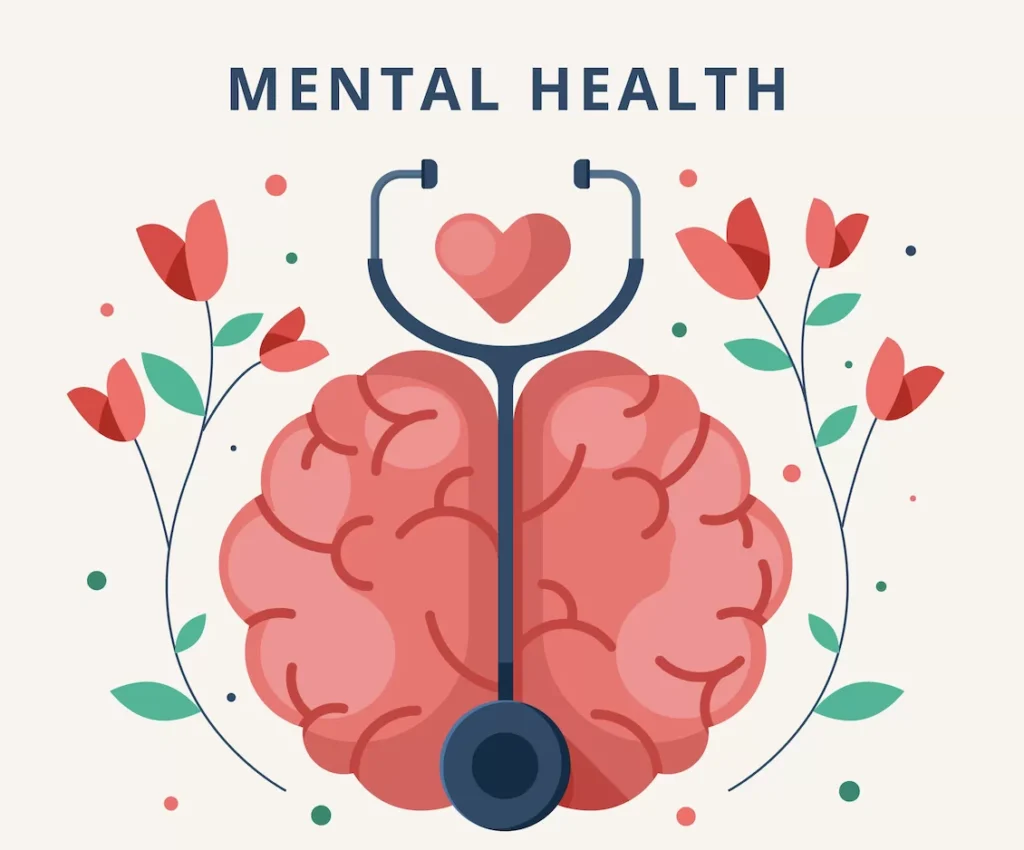Microstressors are small, often subtle daily challenges that can accumulate over time and affect mental health in significant ways. Unlike major life events, such as the death of a loved one or losing a job, microstressors are minor annoyances that occur in everyday life. These can include things like commuting in traffic, dealing with an unresponsive colleague, or managing a chaotic schedule. While these stressors may seem trivial in isolation, their cumulative impact can have long-lasting effects on mental health. In this article, we will explore the nature of microstressors, how they affect mental well-being, and strategies for managing them.
What Are Microstressors?
Microstressors, often called “daily hassles,” are minor irritations or pressures that arise in the course of everyday life. They differ from acute stressors, which are intense but short-lived, and chronic stressors, which are prolonged, life-altering challenges. Microstressors can be described as:
Minor, but Frequent
These stressors are small inconveniences that happen regularly. Examples include losing your keys, dealing with a difficult customer, or facing tight deadlines at work.
Cumulative in Nature:
Although individually insignificant, these small stressors can add up, especially if experienced frequently. Over time, their effects can compound, leading to heightened stress levels.
Easily Overlooked
Because microstressors are often subtle, many people don’t recognize them as contributors to stress. They may ignore them, thinking they’re unimportant, but the accumulated strain can take a toll.
Examples of Microstressors
Microstressors can come from various areas of life, including:
Work
Workplace microstressors might include dealing with an overwhelming number of emails, coping with micromanagement, or struggling to meet tight deadlines.
Commuting:
Daily commuting can bring numerous minor stressors, such as traffic jams, delayed public transportation, or difficult weather conditions.
Social Interactions
Navigating complex social dynamics can be stressful. For example, miscommunication with a friend, an awkward conversation with a stranger, or dealing with passive-aggressive behavior can all add up.
Technology:
Constant notifications, slow internet connections, or managing technical issues with devices can create a steady stream of small frustrations.
Household Chores:
Everyday tasks, such as doing the laundry, cleaning, or preparing meals, can become stress-inducing when combined with other responsibilities.
Parenting:
Parents often experience microstressors when managing their children’s activities, dealing with tantrums, or organizing family schedules.
The Impact of Microstressors on Mental Health
Although microstressors may seem inconsequential, their collective impact on mental health can be significant. Here are some of the ways in which microstressors affect psychological well-being:
Chronic Stress Accumulation:
The frequent occurrence of microstressors can contribute to the development of chronic stress. Since these minor challenges happen daily, they accumulate and strain the body’s stress-response system. Over time, chronic stress can increase the risk of mental health issues like anxiety and depression.
Increased Irritability:
Constant exposure to small stressors can make individuals more irritable and less patient. People dealing with a multitude of microstressors may find themselves snapping at others, feeling frustrated over minor issues, or struggling to maintain composure.
Emotional Exhaustion:
Experiencing a continuous stream of minor challenges can drain emotional resources. This can lead to feelings of emotional exhaustion, where individuals feel mentally fatigued and unable to cope with even small problems.
Reduced Coping Capacity:
Microstressors can wear down a person’s coping mechanisms over time. When individuals are repeatedly exposed to daily hassles, their ability to handle larger, more significant stressors is reduced. This diminished capacity for coping can leave them feeling overwhelmed and more susceptible to mental health issues.
Negative Thought Patterns:
The accumulation of microstressors can contribute to the development of negative thought patterns. Individuals may begin to catastrophize situations, feel a sense of hopelessness, or adopt a “why me?” mindset. These negative thought patterns can exacerbate feelings of anxiety and depression.
Sleep Disruptions:
Microstressors can affect sleep quality. Constantly worrying about small issues, such as unfinished tasks or unresolved conflicts, can make it difficult to relax and fall asleep. Poor sleep, in turn, contributes to heightened stress levels and worsened mental health.
Impact on Physical Health:
Mental health and physical health are closely connected. Chronic exposure to microstressors can lead to physical symptoms like headaches, muscle tension, digestive problems, and a weakened immune system. These physical issues can, in turn, exacerbate feelings of stress and anxiety, creating a cycle of discomfort.
Why Microstressors Are Easily Overlooked
One of the challenges of dealing with microstressors is that they are often easy to dismiss. Many people minimize the impact of these daily hassles because they believe they should be able to handle them without issue. Additionally, because microstressors are so common, individuals may not realize how much they are contributing to their overall stress levels. Some common reasons why microstressors are overlooked include:
Normalization of Stress:
In modern society, stress has become normalized. People often accept stress as a part of life and don’t take steps to address it, even when it’s affecting their mental health.
Overemphasis on Major Stressors:
People tend to focus more on major life events, such as job loss or illness, when evaluating their stress levels. As a result, they may underestimate the impact of daily stressors that are slowly chipping away at their well-being.
Distraction and Busyness:
busy schedules and constant distractions, people may not take the time to reflect on the minor stressors they face. This lack of awareness allows these stressors to accumulate without being addressed.
Managing Microstressors for Better Mental Health
While microstressors are an inevitable part of life, there are strategies to manage them effectively and reduce their impact on mental health. Here are some techniques that can help:
Increase Awareness
The first step in managing microstressors is recognizing them. Keep track of the small challenges you face throughout the day and how they affect your mood. Becoming more aware of these stressors can help you address them before they escalate.
Practice Mindfulness:
Mindfulness is a powerful tool for managing stress. By practicing mindfulness, individuals can focus on the present moment and reduce the impact of minor annoyances. Simple mindfulness exercises, such as deep breathing, meditation, or body scanning, can help individuals remain calm in the face of daily challenges.
Prioritize Self-Care
Taking care of your physical and emotional needs is essential for managing stress. Engage in regular self-care practices, such as exercise, adequate sleep, and relaxation activities, to build resilience against daily hassles.
Set Boundaries:
Establishing boundaries can help reduce the number of microstressors you face. For example, set limits on your work hours to prevent work-related stress from spilling into your personal life, or reduce your exposure to negative social media by limiting screen time.
Practice Cognitive Restructuring:
Cognitive restructuring involves changing the way you think about stressful situations. Instead of catastrophizing or dwelling on minor issues, reframe your thoughts to focus on solutions and positive outcomes. This mental shift can help reduce the emotional impact of microstressors.
Take Breaks
Giving yourself short breaks throughout the day can help manage stress. Even a few minutes of stepping away from a stressful situation can provide mental clarity and prevent microstressors from accumulating.
Develop Problem-Solving Skills:
Strengthening your problem-solving skills can help you address minor challenges more effectively. By finding solutions to daily hassles, you can reduce the overall impact of microstressors on your mental health.
Seek Support:
Don’t hesitate to seek support from friends, family, or a therapist when microstressors start to feel overwhelming. Talking about your frustrations and receiving validation can help reduce stress and build emotional resilience.
Conclusion
Microstressors may seem small and insignificant, but their cumulative impact on mental health can be substantial. By recognizing the effects of these daily hassles and implementing strategies to manage them, individuals can protect their mental well-being and build resilience. Mindfulness, self-care, boundary-setting, and cognitive restructuring are just a few ways to mitigate the impact of microstressors and maintain a healthier, more balanced life.




